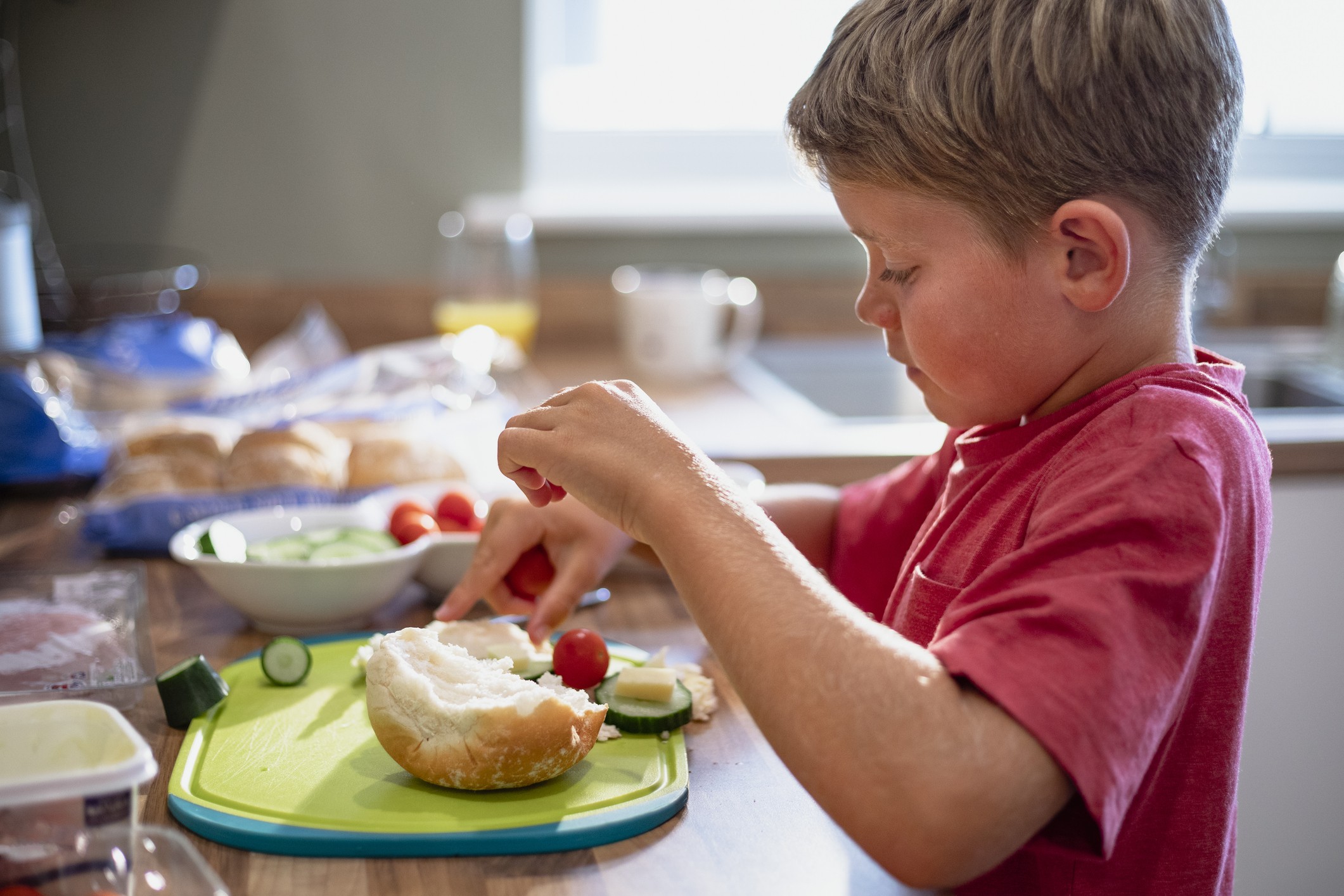Children learn best through repetition and opportunities where they can experience success.
In fact, scientists have discovered that it takes approximately 400 repetitions to create a connection in the brain.
However, Dr Karyn Purvis found, when done in a playful, safe, and supported way, that same connection can be developed with only 10-20 repeated exposures. In essence, it isn’t always what you do with your child, it is how you engage in the activity with them.
Children need to be an active participant in an activity to be learning. Being an “active participant” might look different for each child and each activity. Active participation for a young child during a dressing routine may be them just watching their parents dress them. Packing a school bag for a school age child may look like them putting the items into the bag as their parents pass them.
The 21st century has led to our lives being busier and more jam packed then ever. This means that we will often do things for our children to make it quicker or to happen more smoothly. This has meant children often aren’t given adequate time to think and try things for themselves. Their involvement is having things “done for/to them”. This is particularly relevant for self-help skills such as putting their shoes on and off, unpacking their bag, getting dressed or eating. In some situations, it has even translated into other areas of development such as social interactions with peers and other adults. This may look like a parent prompting their child to “say hello” or “say thank you” or even answering a question for them before they’ve been given the opportunity to consider how they want to respond.
Whilst promoting independence and confidence in your child is integral to their development, it is important that their safety and awareness of boundaries is maintained. For example, when learning to cross the road, hold your child’s hand, narrate what you are doing (eg, checking for cars) and then cross the road together. If your child wants to do their own seatbelt, absolutely they can have a try. Once they have attempted to do it, you can then check it, narrating something like “Seatbelts are tricky. You clipped yours together. I can go do mine now.”
Children need the opportunity to consider and devise ideas on how they could do or respond to something. This is even more relevant for neurodiverse children who will struggle to integrate information into a whole picture where they begin to understand the causality of events and reasons why things happen. Scaffolding, slowing down and using narration to help build the whole picture for your child and some of the alternatives are some beneficial strategies to build their thinking and problem solving skills.
Some helpful tips:
· Slow down, pause and give your child the time and space to consider what they could do. During these moments, questions should be avoided, with statements and comments being used intermittently. For example, if you’re wanting your child to put their shoes on to leave for preschool you might say “the ground is going to be cold outside” or “you will need your shoes on for preschool”.
· Consider the skill level required for the task and if your child does in fact have the pre-requisite skills needed. If your child is still developing these underlying skills consider how you break down the activity to allow your child to have success completing the task. This may involve you doing all the prior steps, whilst your child watches and then them doing the final step of the activity.
· Be present and remain calm. Often children will respond negatively to any “perceived threat”. This threat could be simply a task outside of their current skill level, something new or a transition. If your child, yells, kicks or complains about the present activity, validate how they are feeling and make a suggestion about how they could participate. In the “putting on your shoes example”, you could say “Oh I know socks can be tricky to put on. Ill put them on your toes and then you can pull them over your heel.” Then wait, smile and believe that your child will be able to do the task.
Active participation is different for each child and each activity. Next time before you do it for or to your child, or tell them what to do consider how you can create the moment into a learning opportunity, building their independence, problem solving and memorising for “next time”.
Author: Kim Elter – Occupational Therapist


0 Comments